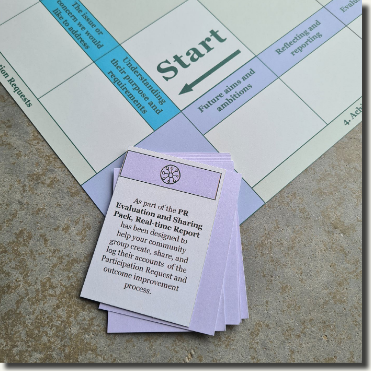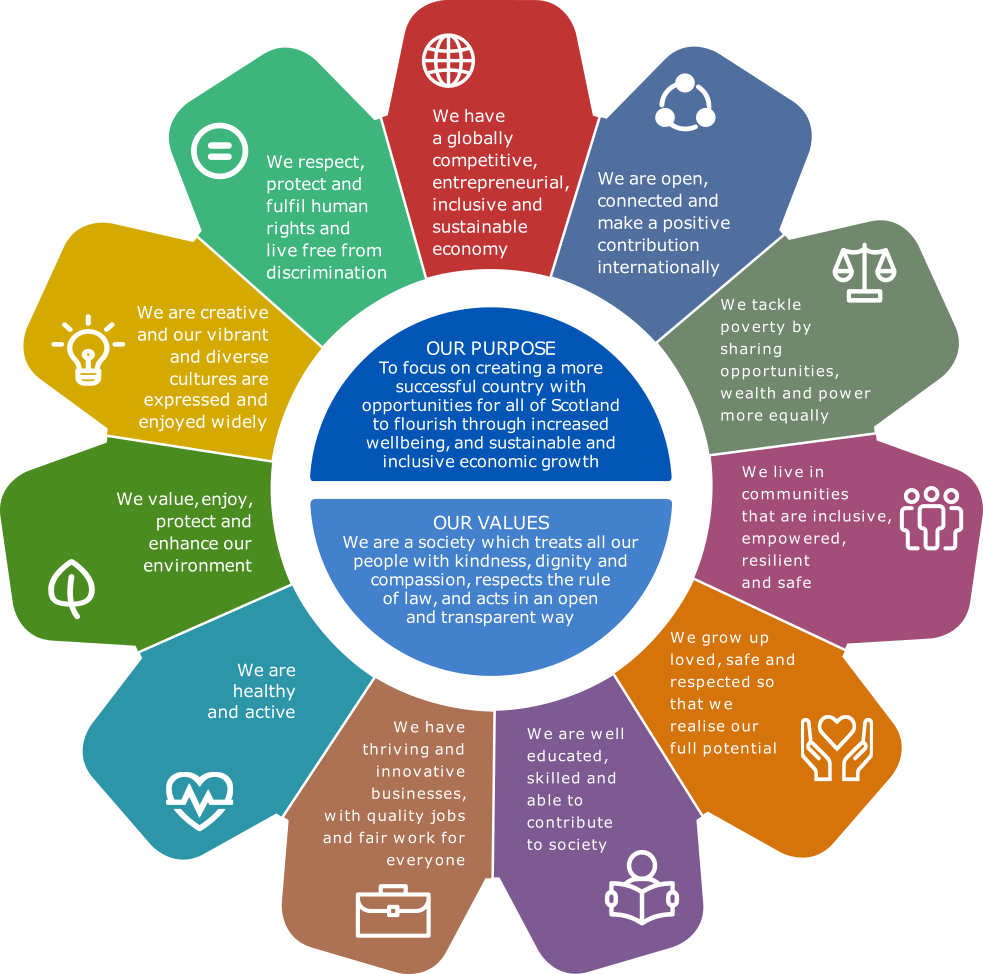The Community Empowerment (Scotland) Act 2015
/People across Scotland can make use of The Community Empowerment (Scotland) Act to have more say and control over what happens in their communities. This quick summary should help you to get started on finding out how your community group can use the Act.
The Act is a piece of legislation passed by the Scottish Parliament, which aims to make it easier for communities to have their voices heard, to take ownership over local land and buildings, to shape local services and to have more influence over the decisions that affect their area.
2025 update: Scottish Government review
In 2025, the Scottish Goverment completed its review of parts 3 and 5 of the Act. This includes:
An Update and Findings report covering findings from the reviews of Part 3 and Part 5 as well as providing an update on all other parts of the Act.
A review of Part 3 of the Act, which presents and synthesises findings on the use and impact of participation requests since their introduction in 2017. It additionally considered whether an appeals or review mechanism for participation requests was required.
A review of Part 5 of the Act, which presents and synthesises findings on the implementation of asset transfer legislation and explores its impact.
So what’s in the Act?
Part 1: National Outcomes
The Scottish Government's National Outcomes are a set of broad ambitions around making Scotland better for everyone who lives here. The National Outcomes are contained in something called the National Performance Framework.
They existed long before the Community Empowerment Act, which requires Scottish Ministers to consult the people of Scotland on the National Outcomes and report on how it is meeting them.
Visit the website for the National Performance Framework (NPF) with all the National Outcomes and indictors.
Part 2: Community Planning
Community Planning Partnerships (CPPs) bring different public bodies and other local agencies together to plan services better. The Act makes Community Planning Partnerships (CPPs) a legal requirement and requires them to involve community organisations at all stages of community planning. Tackling inequalities will be a specific focus, and CPPs will have to produce "locality plans" at a more local level for areas experiencing particular disadvantage.
The plain English guide may be a start for those who are unfamiliar with community planning.
This page on the Scottish Government website sums up the main provisions around community planning.
Part 3: Participation requests
This is a new way for communities to have their voices heard in how services are planned and delivered. By making a participation request, a community body can start a formal discussion with public bodies about how to improve local outcomes. Public bodies must agree to the request or give good reason why not.
Find out more about participation requests and how to make one (including accessible materials) on the Participation Request Resource Pack, developed by Scottish Community Development Centre.
Part 4: Community rights to buy land
Rural communities have already had the right to buy privately owned land and buildings that the owner is willing to sell. Now, the Act enables urban communities to do this and owners can now be forced to sell land and buildings which are abandoned, neglected or detrimental to the environmental wellbeing of the community. Separately, there is now legislation enabling communities to force the sale of land on sustainable development grounds.
Information leaflets and other guidance on community right to buy are contained on this Scottish Government page. You can also get advice relating to this part of the Act from Community Land Scotland.
Part 5: Asset transfer
This part of the Act introduces a right for community bodies to make requests to all local authorities, Scottish Ministers and a wide-ranging list of public bodies, for any land or buildings they feel they could make better use of. They can request ownership, lease or other rights, as they wish.
A good source of support on asset transfer and community ownership is the Community Ownership Support Service (COSS).
Other bits of the Act
Part 6: Delegation of Forestry Commissioners' Functions - allows for different types of community body to be involved in forestry leasing.
Part 7: Football Clubs - The Act paved the way for future legislation to make it easier for football supporters to have a role in decision-making and ownership of their football clubs.
Part 8: Common Good Property - Places a statutory duty on local authorities to establish and maintain a register of all property held by them for the common good. It also requires local authorities to publish their proposals and consult community bodies before disposing of or changing the use of common good assets.
Part 9: Allotments - Updates and simplifies legislation on allotments, and requires local authorities to develop a food growing strategy for their area, including identifying land that may be used as allotment sites community growing.
Part 10: Participation in Public Decision-Making - A new regulation-making power enabling Ministers to require Scottish public authorities to promote and facilitate the participation of members of the public in the decisions and activities of the authority, including in the allocation of its resources (otherwise known as participatory budgeting).
Part 11: Non-Domestic Rates - Provides for a new power for councils to create and fund their own localised business rates relief schemes.








